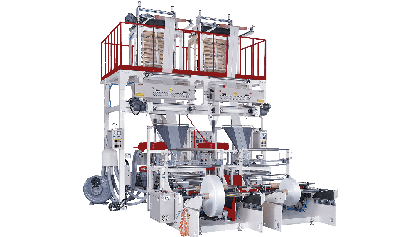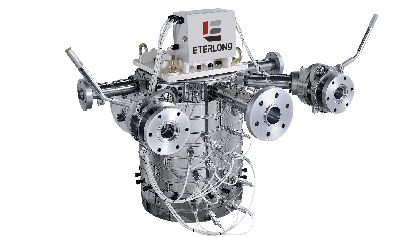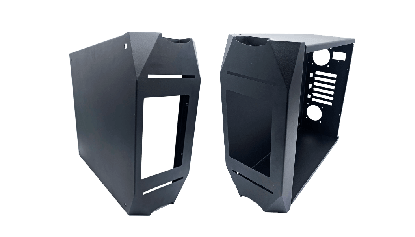Troubleshooting
At Eterlong, we help production teams worldwide solve common blown film challenges—such as film breakage, speed fluctuations, sealing defects, and poor printability. Even small issues can impact efficiency and product quality.
Based on decades of experience and real client feedback, this guide offers quick, practical solutions to keep your production running smoothly—whether you use Eterlong machines or not.
Need personalized support?
Our technical team is ready to assist you with expert advice and tailored solutions—just reach out.
Cause (s)
Possible Solution (s)
Unstable die head temperature
- Check the heater function is normal
- Check the thermocouple position is correct
Die head throughput fluctuations
- Adjust the die gap
- Regular cleaning of die head, screw and hilter
Non-uniform cooling air volume
- Check air ring for dirt buildup or breakage
- Adjust air ring position
- Check whether air pipe is damaged
The air flow in the factory is too fast
- Do not let outdoor air directly enter the factory
Extruder throughput instability
- Cool down the hopper throat to avoid plastic blocking
- Replace the strainer meshes of Filter to avoid blocking
- Matter of the formula
Cause (s)
Possible Solution (s)
Blow-up ratio
- Use a smaller die head to increase the blow-up ratio
Improper die design or scratches
- Clear die impurities
- Fix scratches on the die head
- Avoid seams by design
Material cracking
- Change the material
- Turn down heating temperature
Inappropriate raw material formula
- Select raw materials with suitable Melt Index (MI)
- Select compatible additives
Uneven gels mix
- Use screw with a greater L/D
- Adjust the melt temperature
- Use multi-layer strainer meshes for filter, or reduce the die gap, to improve back pressure
Cause (s)
Possible Solution (s)
Improper film roll storage
- Avoid piling up
- Store in a well-ventilated place
Winding tension is too high
- Adjust the winding tension
Nip roller pressure is too high
- Reduce nip roller pressure
Tubular film temperature is too high
- Increase cooling air volume of air ring
- Use cold air cooling
- Reduce die head temperature
- Equip take-up roller with waterway
Unsuitable material formula
- Add anti-phase adhesive or slippery agent
Cause (s)
Possible Solution (s)
Tubular film asymmetry or swing
- Adjust the air flow of air ring
- Avoid too fast air flow inside the factory
- Use a hash-shape frame to steady the film
Inappropriate nip roller
- Align nip roller and keep it horizontally
- Avoid nip roller damages
Improper collapsing frame
- Adjust collapsing frame angle
- Adjust collapsing frame length
- Reduce friction to collapsing frame
Uneven winding tension
- Adjust the winding angle
Die head scratches
- Refinishing die scratches
Cause (s)
Possible Solution (s)
Improper operating in material exchange
- Avoid overheating of the gels
- The new material should have a lower MI than the old material
- Clean the machine before exchanging the material
Melt temperature is too high or too low
- Adjust the melt temperature
- Check the heater function
Raw materials contain impurities
- Avoid dirt entering feed hopper
- Avoid using recycled materials
Uneven gels mix
- Increase back pressure
- Use screw with a greater L/D
- Avoid existence of dead corner at extruder or die head
Cause (s)
Possible Solution (s)
Melt temperature is too high or too low
- Adjust the melt temperature
Improper use of additives
- Reduce color masterbatch
- Reduce waste recycling rate
Insufficient melt mix
- Add more strainer meshes of filter or reduce the die gap to increase back pressure
- Use screw with a greater L/D
Non-smooth material feeding
- Clean die head and screw & barrel
- Replace the strainer meshes of filter to avoid blockage
- Cool down the hopper
- Remove raw materials impurities
Cooling line too low
- Raise the cooling line
Cause (s)
Possible Solution (s)
Inappropriate ink
- Choose the right ink
Improper use of additives
- Reduce the amount of additives
- Use the appropriate surface lubricant
Insufficient corona treatment
- Increase the treatment voltage or wattage
- Reduce the take-up speed
- Narrow the gap of the electrode
- Raise the electrode treatment temperature
Air humidity too high
- Reduce the air humidity






